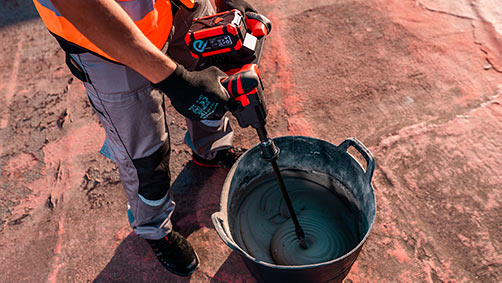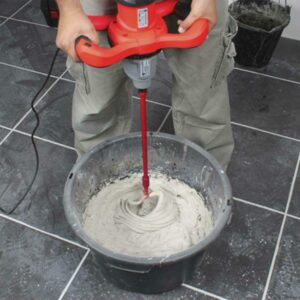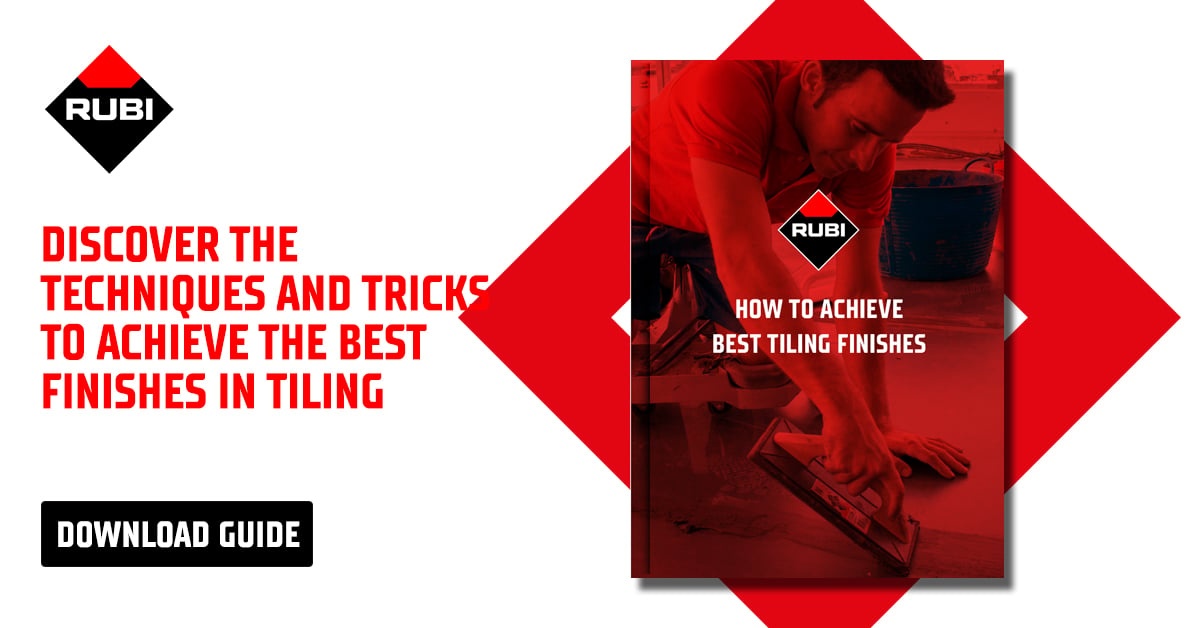Tile flooring combines practicality and beauty in a home improvement product with a diverse range of applications. Tile is so practical that it has been used in homes as far back as the fourth millennium B.C.
If you are planning on installing tile, a key factor you will need to determine is what tile adhesive mix you will use. Let’s take a look at the different mixes and which is best for each application.

What Makes a Good Tile Adhesive
Tile adhesive needs to be very strong, after all, it needs to be able to hold tiles up for decades. It should also be easy to work with.
Tile mortar is used to fill in any gaps between the tile and substrate. It can’t cure too fast, since you need enough time to work with it. But, it can’t cure too slowly, or else it will take too long to get started on grouting.
Sometimes, the type of tile you are working with can play into the decision. However, many times, the tile’s installation site determines the best option for tile adhesives.

Thinset Mortar

Thinset mortar is usually the default option for indoor and outdoor applications. This versatile mortar has a slippery and smooth consistency and is applied using a notched trowel. Thinset mortar consists of Portland cement, silica sand, and moisture-retaining agents.
It has a very strong bond and is resistant to moisture and mold growth. Plus it stays strong even in hot environments. The mortar can be helpful at mildly leveling out surfaces and is a great option for floor tile and wet areas.
There are two options within thinset mortar: standard thinset and pre-mixed thinset.
- Standard thinset is a bagged powder that is mixed with water before use. It starts to set as soon as you prepare it. You need to either use the whole batch or discard the excess. This is a good option for large projects or multiple spaces. It is also usually a cheaper option. You’ll need to use a mixer that has the correct type of paddle for mixing mortar.
- Pre-mixed thinset comes in tubs, ready to use. It is heavy to carry and more expensive. However it is easy to use and convenient.
It is a good option for small projects, but especially for DIY projects.
Epoxy Tile Mortar
Epoxy tile mortar comes in two or three components that you need to mix together before using. It’s impervious to water so you don’t need to add a special latex additive. It’s easy to maintain, plus has high compressive strength and good sticking power.
Pigmented epoxy mortar won’t leak onto ceramic and porcelain tile. Also, it is resistant to many chemicals. It sets quickly, making it easy to move onto grouting quickly.
Because it sets quickly, it difficult to make any changes after placement. Epoxy mortar is a more expensive option than thinset mortar and has a strong smell during curing.
Epoxy mortar is a good option for installing many different materials. Because it is difficult to work with, it is a better option for professional use rather than DIYers. You will also need a good mixer to work with it.
Choose the Best Tile Adhesive For Your Project
Different tile adhesives are best for different uses. You’ll need to think carefully about the application, materials, and who is installing the tile in order to choose the best tile adhesive for your project.



Post a comment